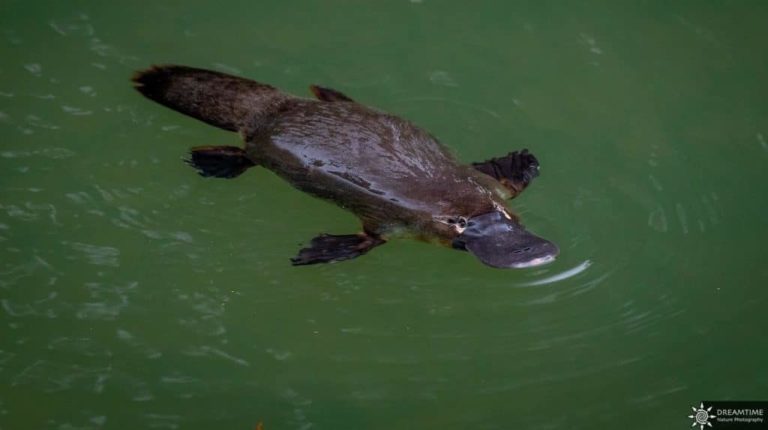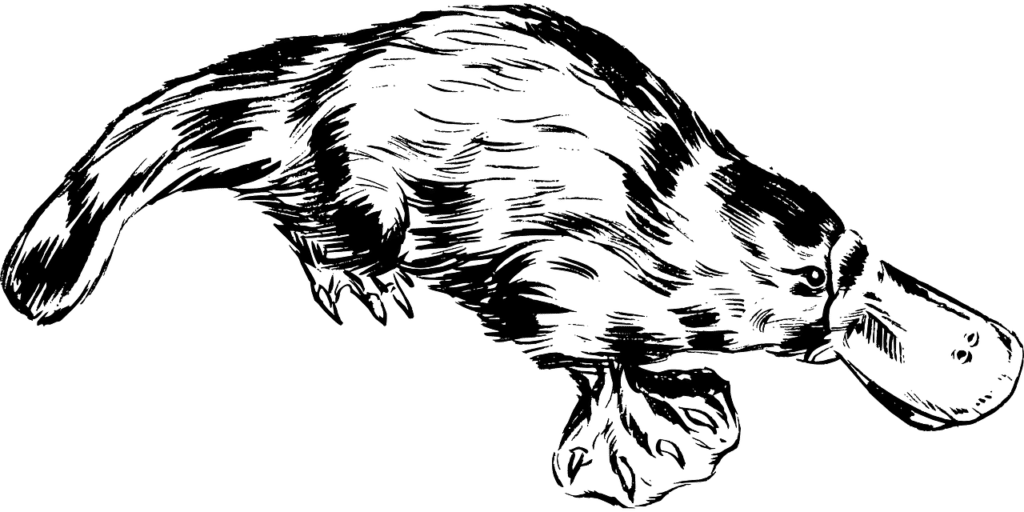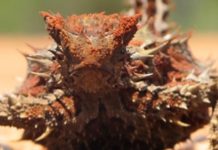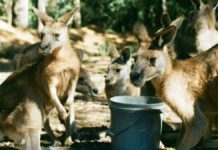
The platypus, one of the world’s most extraordinary and enigmatic animals, is native to Australia. This unique creature, with its distinctive duck-bill, webbed feet, and beaver-like tail, has fascinated scientists and nature enthusiasts alike since its discovery. Known for its unusual characteristics and elusive nature, the platypus is an iconic symbol of Australia’s rich biodiversity. This article delves into the biology, habitat, behavior, and conservation efforts surrounding the platypus.
Table of Contents
Biology and physical characteristics
The platypus (Ornithorhynchus anatinus) belongs to a group of egg-laying mammals known as monotremes, which also includes the echidna. It is renowned for its distinctive features:
- Soft and dense coat: The platypus coat is soft and dense, with a texture similar to that of a beaver’s fur. It is mainly dark brown with a thick, bushy tail.
- Flat, thick tail: The platypus tail is flat and thick, which helps the animal swim by providing propulsion and acting as a rudder.
- Forelegs: The forelegs of the platypus are short and powerful, with five toes at the ends. Each of these toes is covered with a strong claw, which helps the animal to dig and swim.
- Webbed hind legs: Though the Platypus has four webbed feet, it only uses its front legs to move through the water.
- On average, a platypus dives for 30 to 35 seconds in search of food. It could very well stay underwater for more than 3 minutes. It is believed that the Platypus can dive up to 70 times in just one hour.
- It has a gray-bluish jaw, which is often called a beak. This jaw has sensory organs that allows it to locate its prey in the water.
- Thick skin: The skin of the platypus is thick and leathery, which helps it to resist attacks from predators and impacts with rocks and obstacles underwater.
- Size and weight: The platypus is a small animal. Its adult size is between 40 and 50 centimetres and does not vary from one geographical region to another. However, in southern Australia the animal tends to be relatively “fat” compared to those in the north. This is due to the difference of climate and cold changes.
- In the Platypus’s natural Australian habitat, it can live an average life of ten years.
Interesting Fact
The males have a sting or “dart” on their front legs. This sting allows them to defend themselves by injecting venom. It is one of the few poisonous mammals in the world. Recently researchers have discovered that an enzyme present in its venom would treat human diabetes. But unlike the snake, the Platypus only injects its venom in case of stress. So, scientists have not yet found an effective way to recover this venom without harming the animal.

Habitat & Diet
Platypuses are typically found in freshwater environments in eastern Australia, including Tasmania. They inhabit rivers, streams, lakes, and ponds, preferring areas with dense vegetation along the banks. These habitats provide ample food sources and burrowing sites for nesting.
Females build a network of burrows along with their habitat in the same manner as rabbits. The burrows are intertwined with several chambers, one being used especially for the laying of the female’s eggs.
The platypus is a carnivore, feeding on aquatic invertebrates such as insect larvae, worms, and freshwater shrimp. It uses its bill to sift through mud and gravel at the bottom of water bodies to find prey. The food is stored in cheek pouches and brought to the surface, where it is chewed and swallowed.
Reproduction of the platypus
The Platypus belongs to the monotreme family. Like echidna, they are the only oviparous mammal, meaning that they lay eggs!
The female Platypus are territorial therefore the males move along the rivers and waterways during the breeding season in search of a mate. The males compete for a female to decide which of them can mate with her. This fight is not violent. The winner is the one who will manage to climb on the back of the other after multiple water rides!
The breeding season for platypuses typically occurs between June and October. Males compete for access to females, and successful mating often takes place in the water.
Even if the female has several partners during a season, she will usually lay only one egg per season and per year (rarely two at a time)! Female platypuses lay one to three leathery eggs and incubate them in a burrow for about ten days. The mother curls around the eggs to provide warmth.
Once the egg hatches, the female will condemn the room with branches rather than clogging it. Once mature, the young Platypus will leave the area if it is a male and if it’s a female she will stay in the same territory. Thus, on the same territory, one can find several generations of females coming from the same family.

Where to see Platypus in Australia?
There is a multitude of places where you can marvel at the strange but cute animal. Keep in mind that the Platypus is usually nocturnal. It can be seen on the surface of the water early in the morning or before sunset if the water is clear enough. On the other hand, in spots like Broken River in Queensland, they can be observed all day long!
It is important to remember not to make noise as they are very shy animals. A useful tip for finding them is to look for small air bubbles in the water and small movements on the surface of the water.
Here is a list of places you are almost guaranteed to spot a Platypus in its natural habitat:
- Queensland: Broken River in Eungella National Park, not far from Mackay
- New South Wales:
- Jenolan Caves Blue Lake
- Berrimah Southern Highlands (Wingecarribee River en faisant la ‘Stone Quarry walk’ près du centre du village)
- Nymboida River or Bombala River
- Victoria: Lake Elizabeth in Great Otways National Park
- Tasmania:
- Latrobe dans la réserve forestière de Warrawee
- Mountain Valley Private Nature Reserve
- Mole Creek
There is even a diving center that offers trips to the natural habitat of the Platypus. This center gives very interesting and exclusive information about their way of life: The Rainforest Scuba Center at the entrance to Eungella National Park.
Conservation status
Threats of Platypus
The Platypus has several predators such as dingoes, snakes, foxes, goanna’s and crocodiles in northern Australia. In the past, the Australian Platypus has suffered from being hunted for its fur and from various crustacean traps being used in its habitat. Today it is a protected species that is “of minor concern” on the list of endangered species of IUCN (International Union for the Conservation of Nature). On the other hand, its habitat has been fragmented by different human constructions and it the platypus that has disappeared from South Australia.

Conservation efforts
Various conservation programs aim to protect platypus habitats and ensure their survival. Efforts include habitat restoration, monitoring populations, and public education campaigns. Researchers also work to understand the impacts of environmental changes on platypus populations.
Protected areas
Many regions with significant platypus populations are protected under national parks and conservation areas, helping to preserve their natural habitats.


























